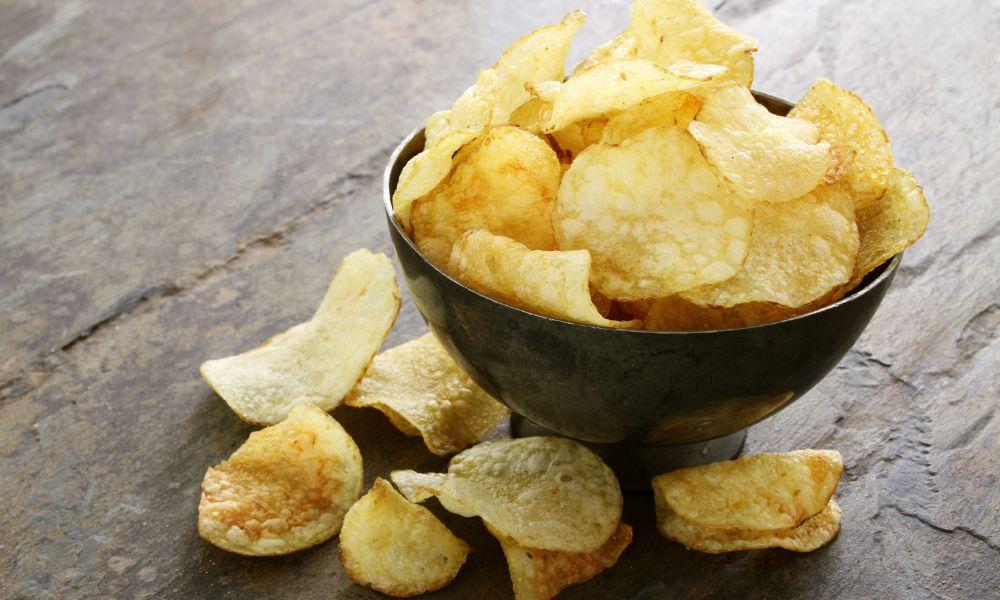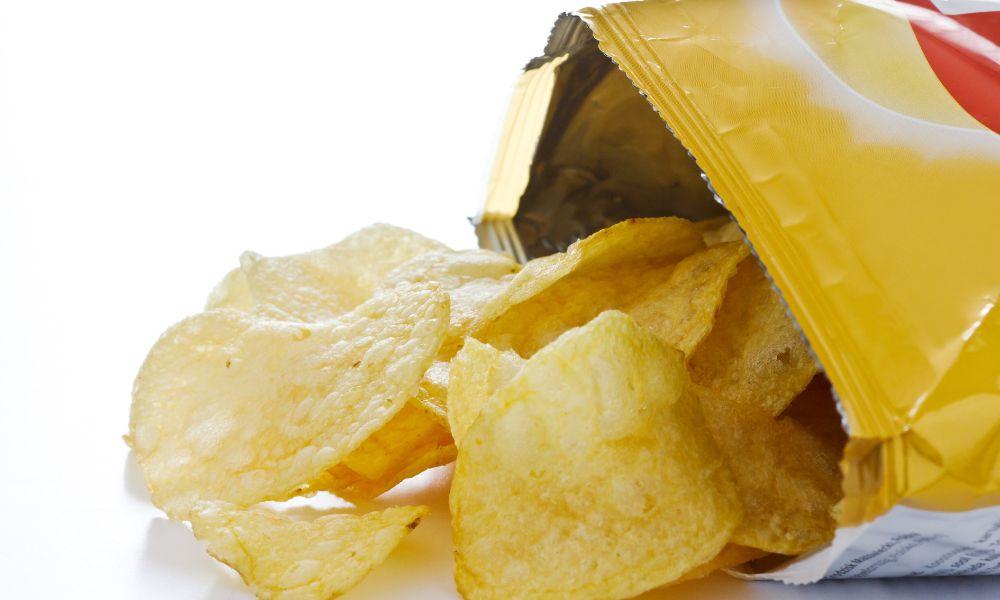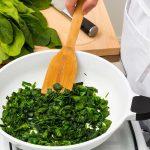Most of us have experienced the disappointment of reaching into a bag of crisps, only to find that they’ve lost their crunchiness and have gone stale. Fresh and crispy snacks are undeniably more enjoyable, and understanding why crisps go stale can save us from this frustrating situation.
The purpose of this article is to explore the causes of stale crisps and provide prevention tips, in a light-hearted, informative manner.
Understanding Stale Crisps

Stale crisps are essentially crisps that have lost their freshness and appealing texture. When a crisp goes stale, it turns soft, chewy, and loses its classic crunch. What causes this undesirable transformation? Let’s dive into the science behind it.
When crisps are exposed to air and moisture, they absorb the moisture, causing them to lose their crispiness. Manufacturers make extra efforts to minimize oxygen and moisture inside the packaging, using modified atmosphere packaging techniques. However, once the packet is opened, the crisps are at the mercy of their surroundings, making them susceptible to going stale.
Signs and Consequences of Stale Crisps
So, how can you identify stale crisps before taking that dreaded bite? There are a few visual and textural clues to watch out for:
- Stickiness: Stale crisps might feel slightly sticky to the touch as a result of the moisture they’ve absorbed.
- Softness: If you try to snap the crisp, it will bend rather than break crisply.
- Lack of noise: Fresh crisps are known for their satisfying crunch. When you take a bite of a stale crisp, it might be disappointingly quiet.
The impact of staleness on taste can vary depending on the individual and the severity of the staleness. Some people might not mind slightly stale crisps, while others find the experience thoroughly unenjoyable. So, it’s essential to identify stale crisps to avoid consuming them if you’re particular about your snacking experience.
How Long Do Crisps Last Before Going Stale?

The shelf life of different types of crisps can vary depending on factors like packaging materials, preparation methods, and storage conditions. It’s worth paying attention to the “Best Before” date, as it can genuinely make a difference in the quality of your snack. However, there’s no precise one-size-fits-all answer – it’s really more of a guideline.
Factors that can affect the lifespan of crisps include:
- Whether the packaging seals out air and moisture effectively
- The humidity levels in your home
- How frequently the crisps are exposed to air and moisture
To assess the freshness of your crisps before consuming them, check the appearance, feel, and smell of the crisps, in addition to noting the “Best Before” date. If they seem off in any way, it’s probably best to leave them be.
Tips to Prevent Crisps from Becoming Stale
Now, for the part you’re probably waiting for: how can you keep your crisps fresh and crispy for as long as possible? Here are some handy tips:
- Reseal the opened packet tightly: Using a clip, rubber band, or even a piece of tape can prevent air and moisture exposure.
- Transfer crisps to an airtight container or resealable bag: A better option to ensure your crisps stay protected and fresh.
- Store crisps in a cool, dry place away from direct sunlight: Exposure to heat and light can cause the crisps to deteriorate more quickly.
Following these simple steps can make a world of difference in prolonging the crispiness and taste of your favorite snack.
Reviving Stale Crisps

Accidentally left your crisps exposed to air for too long? Don’t worry – you can still potentially revive their crunchiness. Here are some methods to restore crispiness to stale crisps:
- Heating in the oven: Spread the stale crisps evenly on a baking sheet and heat them at low temperature (about 150°F or 65°C) for 5-10 minutes. Keep an eye on them to prevent overcooking, and let them cool before enjoying.
- Microwaving: Place the crisps on a microwave-safe plate spaced apart, and microwave on medium power for 20-30 seconds. Be cautious not to overcook, as they might become burnt.
- Using a food dehydrator: If you have a food dehydrator at home, you can use it to draw out the excess moisture from the crisps and restore their crunchiness.
Remember that revival methods may vary depending on the type of crisp and your personal preferences. Experiment with different techniques and find the one that yields the best results for your taste buds.
FAQs
Why do crisps go stale?
Crisps go stale due to exposure to air and moisture, which causes them to absorb moisture and lose their crispiness.
How long do crisps last before going stale?
The shelf life of crisps varies depending on factors like packaging, preparation methods, and storage conditions. Always check the “Best Before” date as a guideline but remember that proper storage can also make a difference.
Can you revive stale crisps?
Yes, stale crisps can be revived through methods such as heating in the oven, microwaving, or using a food dehydrator to remove excess moisture and restore crunchiness.
What are the signs of stale crisps?
Signs of stale crisps include stickiness, softness, lack of a satisfying crunch, and an unpleasant odor.
How can I prevent crisps from becoming stale?
Prevent crisps from becoming stale by resealing opened packets tightly, transferring them to airtight containers or resealable bags, and storing them in cool, dry places away from sunlight.
Are there any storage tips for keeping crisps fresh?
Yes, for optimal freshness, store crisps in a cool, dry place away from sunlight, and keep them in airtight containers or resealable bags to prevent air and moisture exposure.
Conclusion
In conclusion, understanding the causes behind crisps going stale and adopting preventative measures can make all the difference in enjoying fresh, crispy snacks. Emphasizing the importance of proper storage and awareness of staleness can lead to a better snacking experience.








